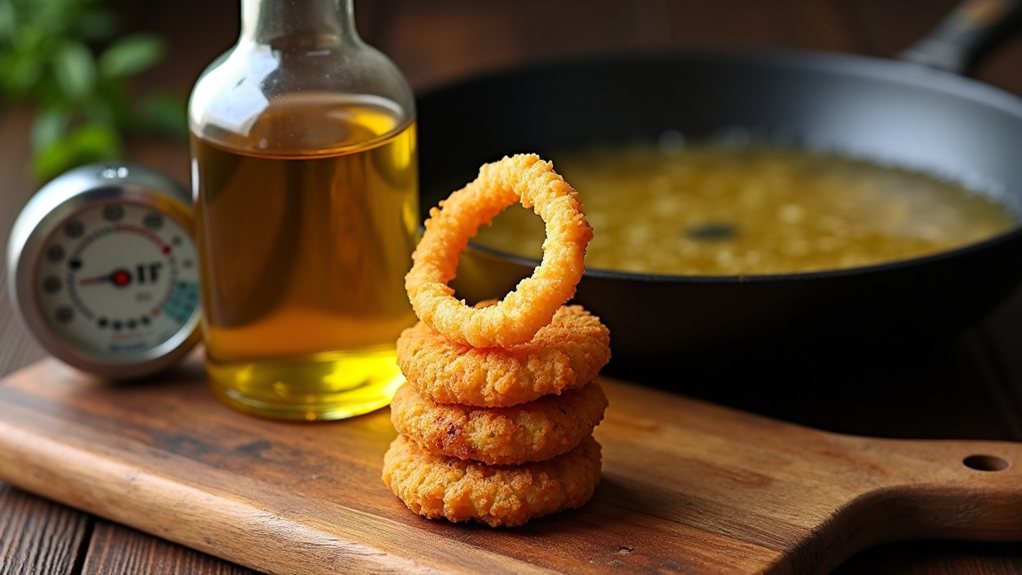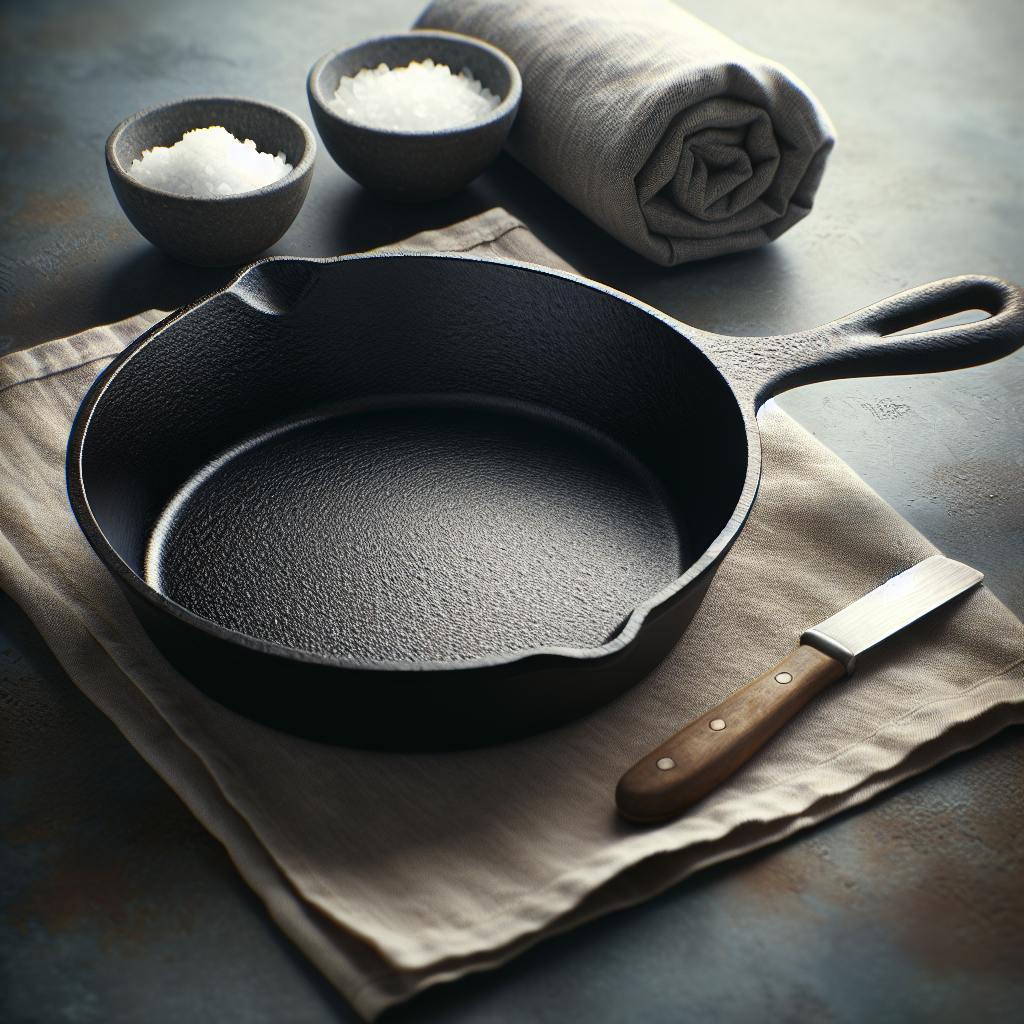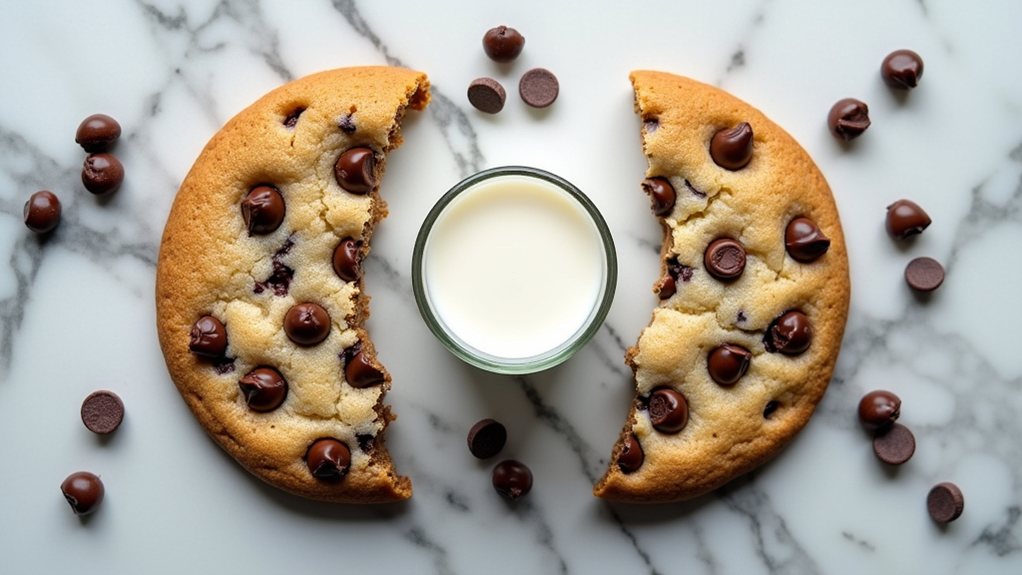The Joy of Burgers: How Much Meat Do You Need?
When it comes to outdoor gatherings, few things can match the sheer delight of a sunny barbecue with friends and family. As the grill sizzles, the air fills with the mouthwatering aroma of burgers cooking to perfection. If you’re planning a cookout, a critical aspect is understanding how much meat to purchase for your homemade burgers. Let’s explore the fundamentals.
A Classic Approach: The Quarter-Pound Burger
At the heart of any great burger feast lies a reliable standard: the quarter-pound burger. Dating back to 1971 with McDonald’s introduction of the Quarter Pounder, this size has become a benchmark. Each quarter-pound serving fits neatly into the equation of yield; that is, you can typically make four burgers from a pound of meat. This ratio is a useful guide not just for large gatherings but also for smaller family meals.
Many burger enthusiasts believe this classic size combines convenience with the perfect balance of ingredients. Whether you’re throwing together beef patties, delicious veggie options, or savory seafood burgers, sticking to the quarter-pound standard simplifies your shopping list and cooking process.
Understanding Shrinkage in the Cooking Process
A cookout’s success isn’t merely about how many burgers you can make; it also hinges on understanding how cooking affects your patties. Factors such as fat content and cooking temperature significantly influence the final size and juiciness of the burger.
When you’re preparing to grill, you’ll encounter a variety of meat blends, often categorized by their lean-to-fat ratios—like 80/20 or 90/10. An 80/20 blend is widely praised for its flavorfulness while ensuring enough moisture remains during cooking. However, it’s important to note that burgers lose some of their size as the fat melts away. So, if you’re opting for leaner meat, factor in a slightly reduced expectable yield.
The Art of Burger Patty Formation
Forming your patties correctly can minimize problems like over-shrinkage. Aim for a loose grip on the meat while shaping, creating patties about 4 inches in diameter and 1 inch thick. The goal is to maintain a texture that allows them to cook evenly and retain moisture.
It’s also wise to avoid overworking the meat. Kneading or pressing too hard can tighten the proteins and lead to tough, rubbery burgers that disappoint. Keep it gentle, and don’t be afraid to embrace a little irregularity in size and shape; this will help maintain juicy, flavorful outcomes.
Cooking Times Based on Patty Size
Your burger’s size directly relates to its cook time. For that classic quarter-pounder, anticipate around eight minutes of grilling at medium to high heat for a perfectly juicy medium doneness. However, if you feel adventurous, trying a smaller patty like the popular smash burger can shake things up. A 2-ounce patty, cooked for about five minutes, can offer a delightful and trendy experience.
For a different vibe, consider sliders, made using the same 2-ounce patties but thinner and perfect for a finger-food-style meal. These mini burgers not only cook faster but also allow for creativity in toppings and presentations.
Let the Burger Feasting Begin!
With the expectations set and the meat measured, it’s time to fire up the grill! As the flames dance and the burgers sizzle, you can sit back and focus on enjoying the moment with those around you. Friends and family gathered over delicious food provide a perfect backdrop for lasting memories.
When planning your next barbecue, remember these tips on yield, cooking, and patty formation. By understanding how much meat to purchase and how to prepare it, you’ll be well on your way to hosting a fantastic burger bash that everyone enjoys. So grab your favorite condiments, toast your buns, and get ready for the feast!









